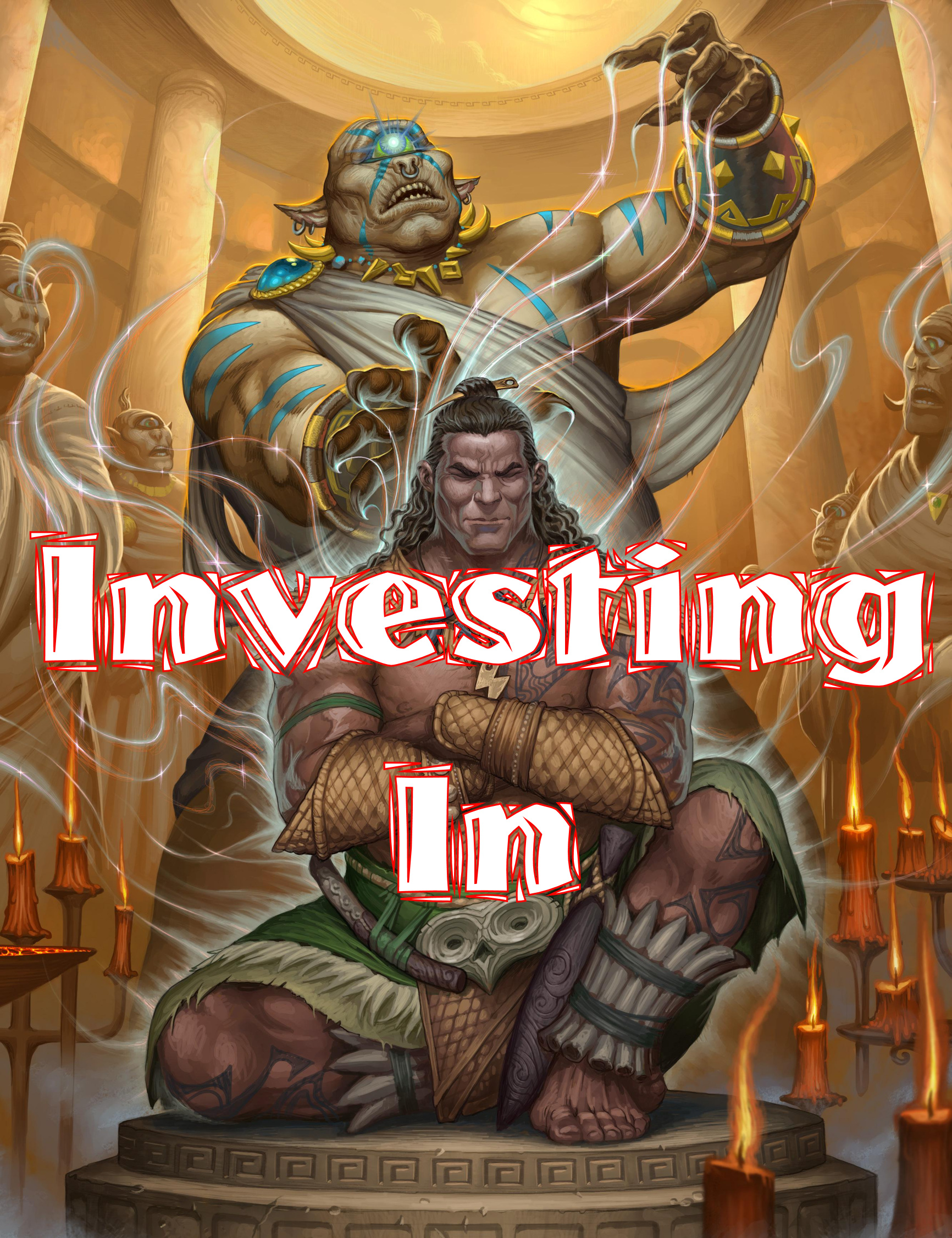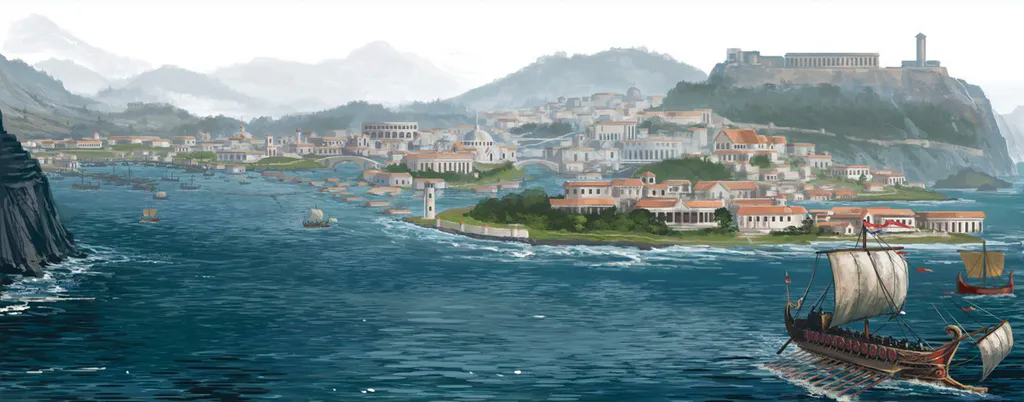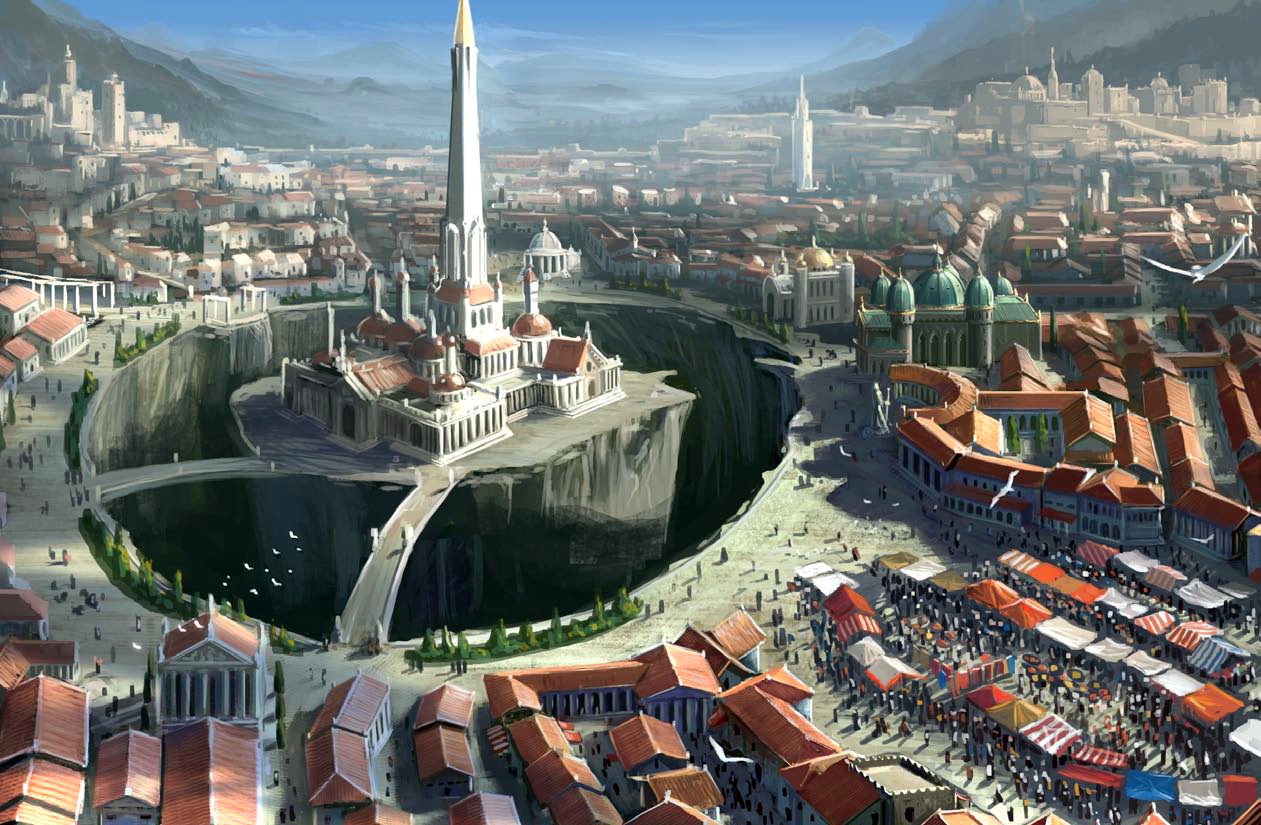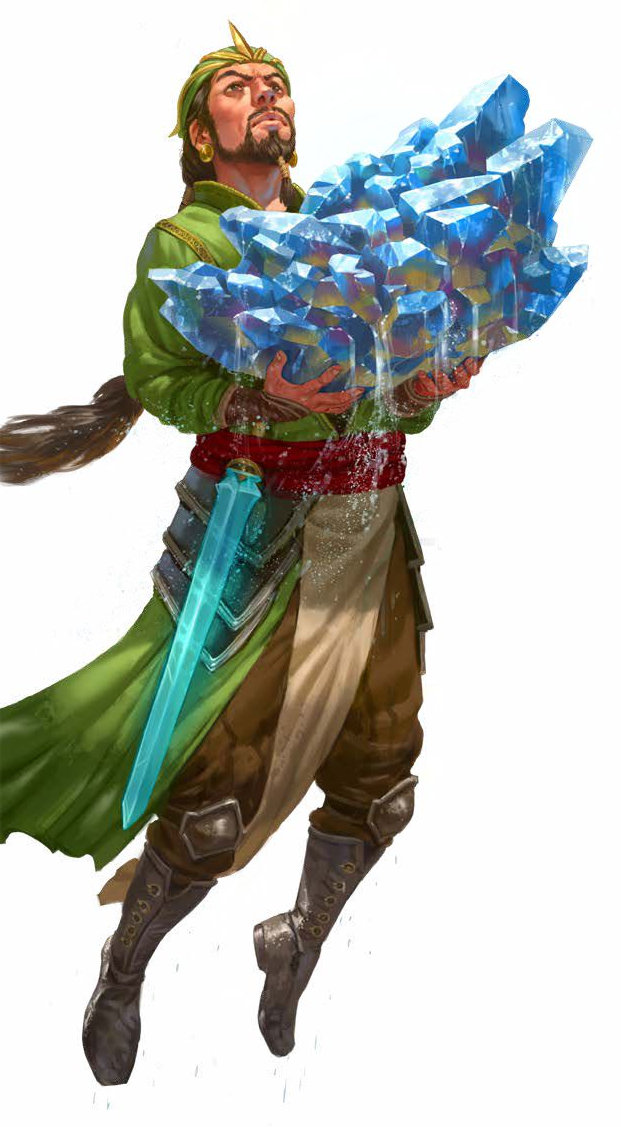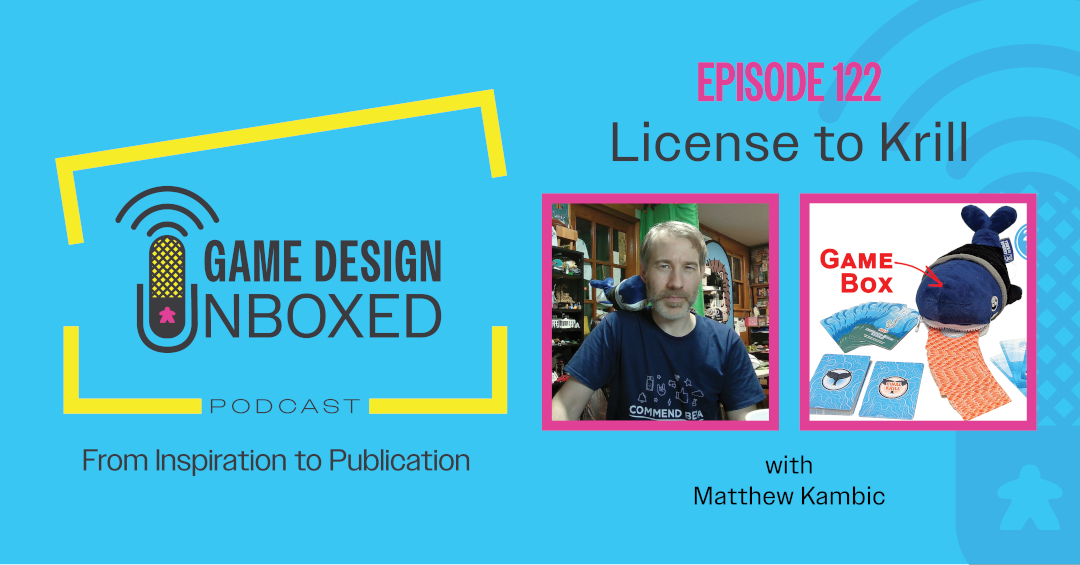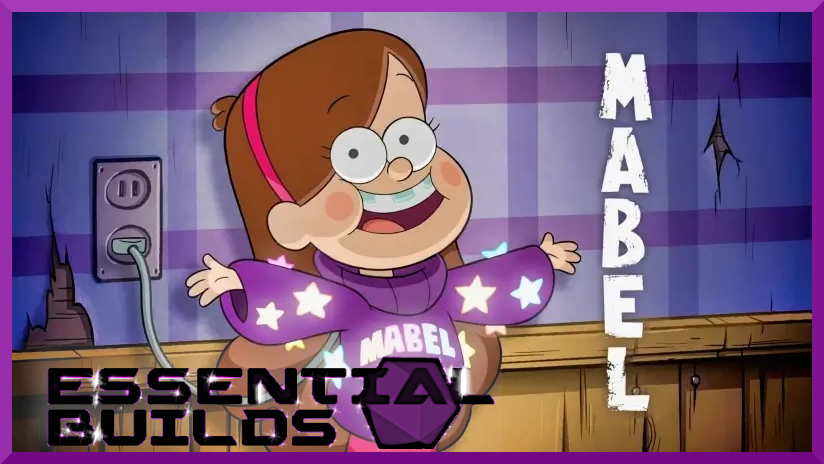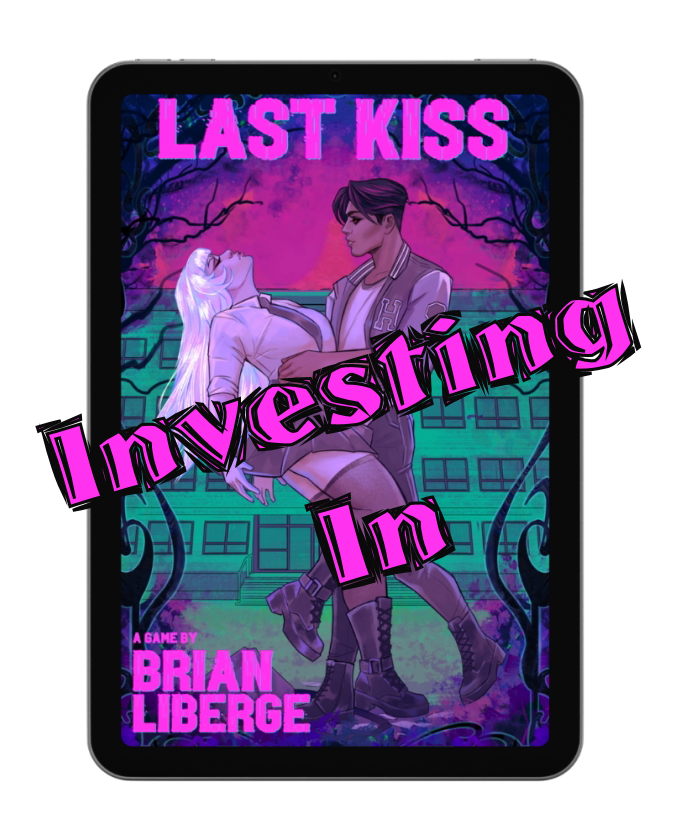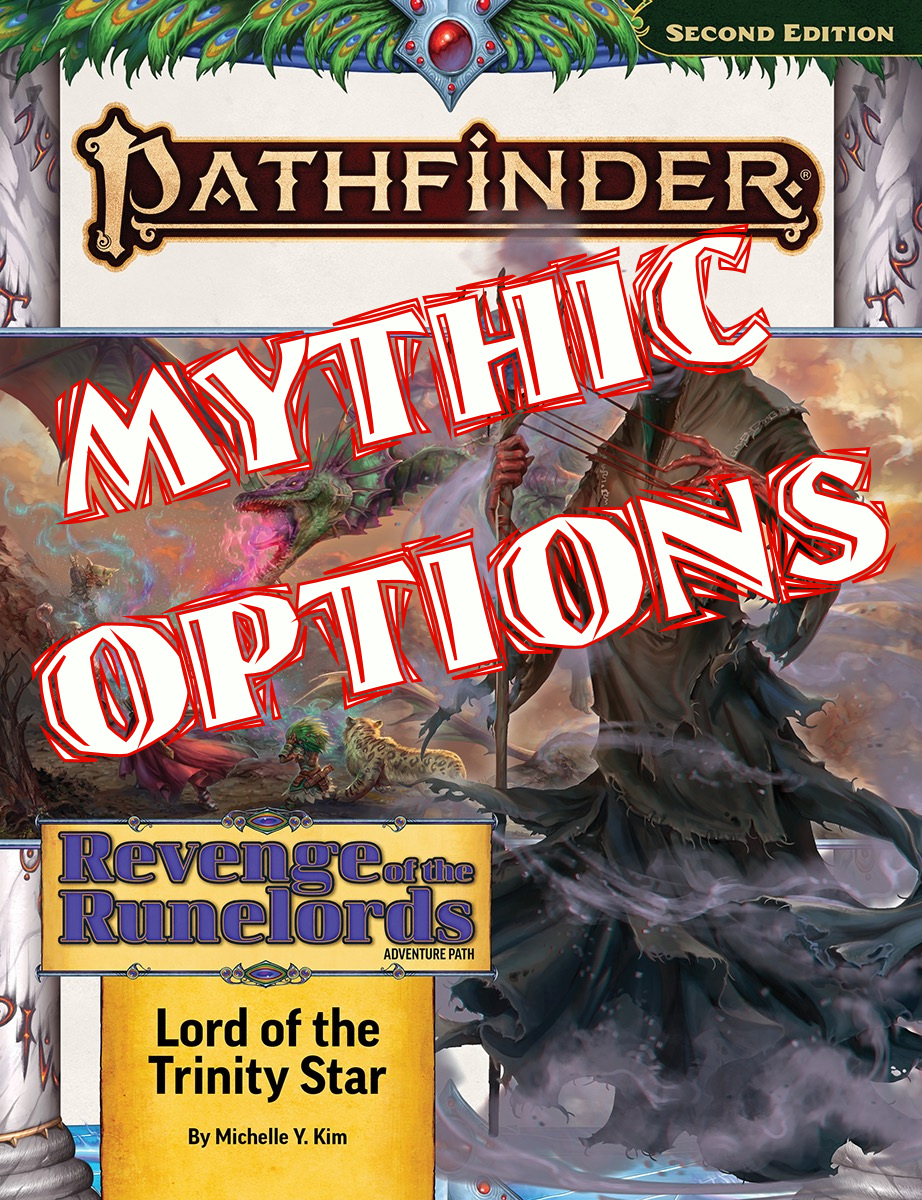“I need a hero (Hero)
I’m holding out for a hero till the morning light (Hero till the morning light)
He’s gotta be sure and it’s gotta be soon
And he’s gotta be larger than life, larger than life”1
Question, do you hear Bonnie Tyler when you read that or do you, like me, now here only Jennifer Saunders as the Fairy Godmother belting it out as human-Shrek rides Gingy into the castle from Shrek 2? Shrek 2 is one of the sequels that I dare say is better than the original, though I do love the original. But we’re not here to talk about Shrek proving monstrous ancestries can be heroes, no… I want to talk about heroes, true and mighty heroes, in fact the Hero-Gods, some Lost Omens Lore, and some theory crafting! And yes, I agree, Shrek is a true and mighty hero!
WARNING Godsrain SPOILERS & Myth-Speaker SPOILERS AHEAD
ALSO WARNING this all gets a bit…
Just last article I was talking about the Hero-Gods of Xopatl due to the lore detail provided in Battlecry! Little did I realize that a new set of Hero-Gods are being discussed in Myth-Speaker. I knew the path featured Mythic rules and I thought it showcased Nahoa, but I was wrong. He’s just used in some art as the iconic Exemplar. For quick education/reminder, Nahoa is from a set of islands called the Taotake in the Okaiyo Ocean. That’s the ocean between Tian-Xia and Arcadia, with the TaoTake and the Olehala people being inspired by polynesian cultures. Myth-Speaker is more Greek inspired and I just failed to remember that. But I’ve now been able to dig into the 3-volume path and rectify my thinking while getting a bit more lore to reflect upon various details. This path has me even more curious about Mythic powers, divinity, and the nature of Gorum’s death. Truly any quite powerfully mythic or divine being’s death.
Why? Well there’s a number of Hero-Gods here in Myth-Speakers archipelago of Iblydos too. While Nahoa has new gifts after Gorum’s death, becoming Nephilim seemingly and indeed the Exemplar class, the Hero-Gods of Iblydos gain their power through achieving the prophecy revealed by ritual: Myth-Speaking. What Myth-Speaking is actually doing is revealing the event a mortal with a mythic spark can perform to awaken that power. There’s powerful mythic threads of power across Iblydos and they cling to some people more than others. The completion of prophecy – revealed by old Cyclopean ritual – causes mythic threads that are tied to the person to break, snap and infuse them with power. Why these threads and why so potent in Iblydos? Well, SPOILERS, but this too is due to the death of a powerful titan named Sangeh, a patron of arts and creation. She was killed by Gozreh and Gorum, despite trying to be neutral in the titan god conflict. When her body fell to Golarion it became the archipelago. That’s two different superpowerful, divine beings having their essence fall to Golarion and grant mythic power.
In contrast to the Hero-Gods of Iblydos, the Hero-Gods of Xopatl were granted that spark of mythic might from shards of the Starstone. There was no dead divinity that fell, or well not exactly. Technically the Starstone was part of the Aeon Star, which was theoretically some dangerous, ancient remnant of a lost time and a planet that was never born. What keeps a planet from being born, maybe a god, or maybe that theory is wrong? What if it is part of a God? It’s also possible the power of Acavna – Azlanti goddess of Moon and Battle (see a theme?) – using the moon to try and stop the crashing Aeon Star is also somehow infused with the Starstone. There’s also the fact her love Amaznen – Azlanti go of Magic – used his magic to modify the various runic magic of the alghollthu so that it wouldn’t destroy the world but grant some hope for the people, not killing them all. And they didn’t. Golarion endured after years of duress, but also the Starstone now grants hope.
I had also mentioned in my last article the theory that the Starstone is part of a god like the silvery rain of the Godsrain. This path and these mounting details have given me reason to consider the full meaning and ramifications. The silver rain fell as part of Gorum’s divine essence with red rain falling that inspires conflict and battle. See more on that in Battlecry! Thus, we can conclude the following:
- the silver rain is granting mythic power but not full divinity
- Gorum’s armor shards can inspire new Exemplars or act as powerful artifacts
- The dead remains of a titan can empower mythic threads to grant mythic power in Iblydos to Hero-gods
- The shards of the Starstone could grant mythic power in Xopatl to Hero-gods
But again, those were just shards of the Starstone. The Starstone itself creates divinity: Aroden, Norgorber, Iomedae, Cayden Cailean, It’s like ultra pure mythic power perhaps, jumping you right to the height of power and then some. But Aroden died, so not immortal, just very powerfully mythic. However, you can certainly say Gods aren’t immune to death by Gorum’s fall. Unless he’s also raised for morality just from a different world. Gods grant spells to clerics right? Well, even in Myth-Speaker part of the goal to be named a Hero-God is to share your mythic spark and empower others with spells… Sure sounds like Divinity to me. Maybe the Starstone just grants you full mythic power, full levels to speak mechanically. At this point we’re blending a game with lore/narrative story so forgive me a few details. What I come back to however is the Starstone / Aeon Star as part of something truly mythic/divine: a titan, a god, or something else?
While you have to touch the Starstone there is a test to gain its power, at least in legend. Indeed part of the so-called Test starts with getting across the chasm to the Starstone Cathedral and then surviving the challenges therein. But that didn’t exist for Aroden. He had to find it underwater and then touch it, yet it’s noted he had to face hard moral dilemmas and dangerous visions, etc. Dude had already split his soul within the kumaru tree in Xoptal; I’m not believing he was the most moral/ethical person anyway. You can read more on the PathfinderWiki about the Starstone and Test at the embedded links. My thought is what if Aroden erected Absalom and the Cathedral because of how easy it truly was once you touch that stone? Or maybe there is a powerful sentience to it that judges you. Maybe it has a knowledge of fate and prophecy that it warns of in dire fashion? Sure you can become mythic, a god, but there were also be a counter balance to that power or a way to undo it. The Aeon Star could be a leftover of the previous universe – like Pharasma – rather than something that never was. I wonder if it’s both. It’s a deity of fate that sought to cheat its own and so when that universe was dying, the deity didn’t want to give up even though it was Pharasma who’d been chosen to endure. She had to destroy it, lock it away, and the dang alghollthu found it.
Thus I update our strongly positioned theories, lore conclusions:
- Godsrain silver rain grants mythic power (divine power)
- Gorum’s armor shards can inspire new Exemplars (divine power) or act as powerful artifacts
- The dead remains of a titan can empower mythic threads to grant mythic power in Iblydos to Hero-gods (divine power)
- The shards of the Starstone could grant mythic power in Xopatl to Hero-gods (divine power)
- Starstone grants divinity, perhaps ultimate mythic power (divine power)
Thus,
- Dead mythic or divine being == mythic power source
- Mythic power ~== divine power
- Starstone == divine power
- Ergo, Starstone == Dead mythic or divine being
Yes my conclusion is ultimately that the Starstone or the Aeon Stone are part of some powerful mythic being or divinity that was destroyed. As much as Acavna and Amaznen helped with Earthfall, I don’t think it’s their power doing the work of the Starstone. If anything, their blessings tempered its evil core so that others could channel it for good works but with a dangerous balancing cost. I wonder if the Starstone is just that divinity bound, so let’s ponder that. I hope you’ve enjoyed Investing In this Lost Omens Lore theorizing with me. Next time, we’ll talk about the Eye of Abendego and what Godsrain revealed… Until then, remember to support one another. Much love to all!
Investing In:
I wasn’t quite sure what to name my article series when I first started but the idea of showcasing or discussing things that make me excited, that I find new and interesting, or maybe I’m otherwise passionate about seemed to fit with the idea of Investing In something like the Pathfinder 2E mechanic. To use some magic items you have to give that little bit of yourself, which helps make these things even better. I like the metaphor of the community growing and being strengthened in the same way!
I also want to hear what you’re Investing In! Leave me a comment below about what games, modules, systems, products, people, live streams, etc you enjoy! You can also hit me up on social media as silentinfinity. I want to hear what excites you and what you’re passionate about. There’s so much wonderful content, people, groups (I could go on) in this community of ours that the more we invest in and share, the better it becomes!
Sources
Banner – Iblydan Hero-Gods banner modified, Myth-Speaker vol 1. The Acropolis Pyre, Paizo
- Holding Out for a Hero excerpt, Bonnie Tyler
- It’s All Connected meme, It’s Always Sunny in Philadelphia origin
- Iblydos, Distant Shores, Paizo
- Starstone Cathedral, Guide to Absalom, Paizo
- Aroden raising the Starstone, Absalom: City of Lost Omens, Paizo
- Iomedae touches the Starstone, Divine Mysteries, Paizo

